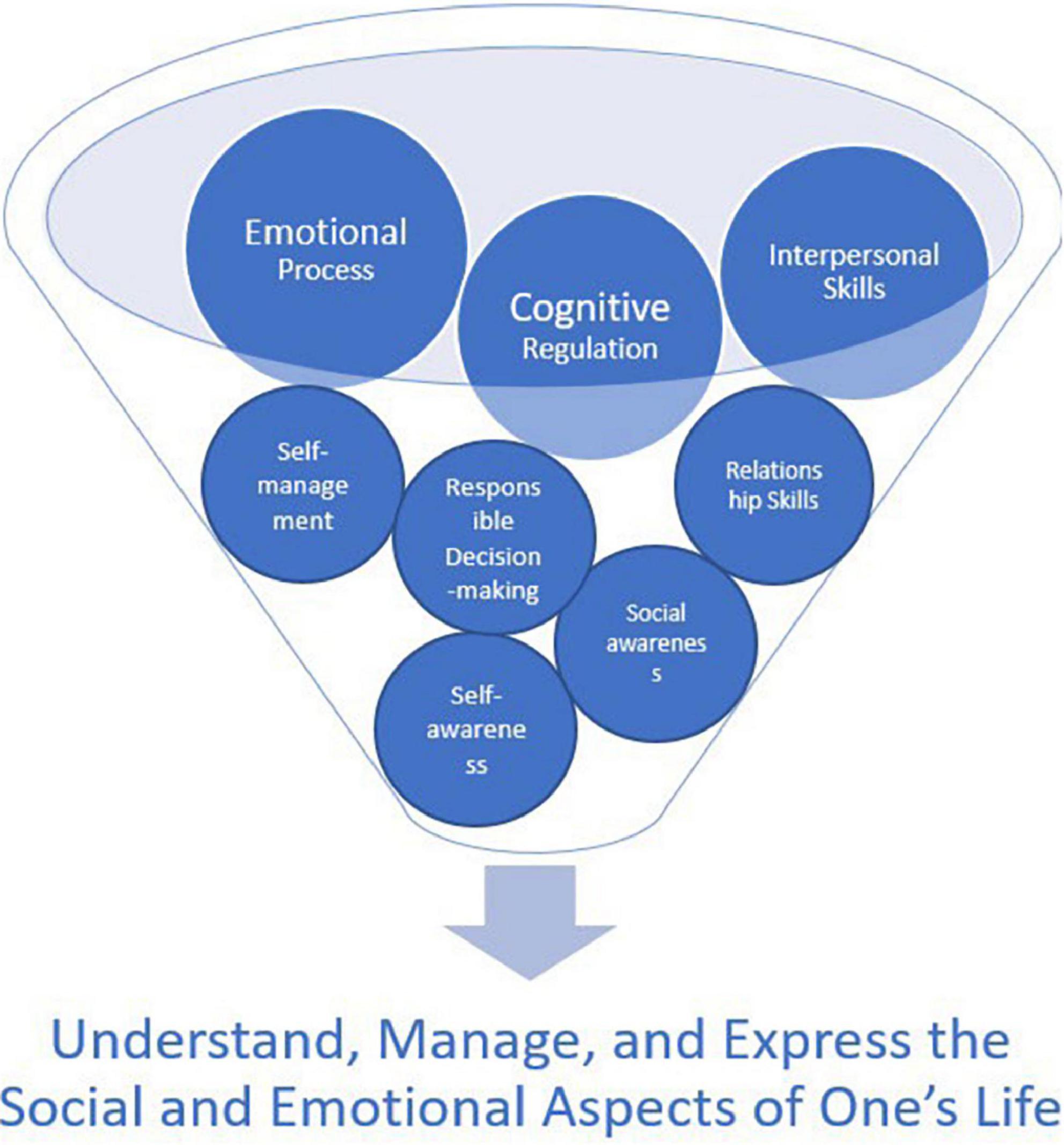future Directions for SEL in Schools: Key Trends and Innovative Strategies Ahead
As schools strive to address the evolving needs of students,Social and Emotional Learning (SEL) has taken center stage in modern education. More than just fostering self-awareness and interpersonal skills, SEL equips young minds with the emotional intelligence required to thrive academically, socially, and personally.But what does the next decade hold for SEL in schools? In this article, we’ll uncover the future directions for SEL, highlight key trends, and reveal innovative strategies educators can adopt for lasting positive impact.
What Is Social and Emotional Learning (SEL)?
social and Emotional Learning is the process through which children and adults acquire and effectively apply the knowledge, attitudes, and skills necessary to:
- Understand and manage emotions
- Set and achieve positive goals
- Show empathy for others
- Establish and maintain positive relationships
- Make responsible decisions
Research proves that complete SEL programs can boost academic performance, improve classroom behavior, and lay the foundation for lifelong success.
Key Trends Shaping the Future of SEL in Schools
SEL is rapidly evolving, with new priorities and breakthroughs emphasizing its importance in holistic education. Here are some emerging trends:
1. Integration of SEL with Academic Curriculum
Schools are moving toward embedding SEL into academic content, ensuring that emotional intelligence is developed alongside customary subjects. This interdisciplinary approach fosters deeper learning and real-world application.
2. Technology-driven SEL Solutions
Digital SEL tools—such as apps, online platforms, and virtual reality—enable personalized learning experiences, data-driven assessments, and scalable teacher training. These innovations have the power to reach more students while providing valuable feedback to educators.
3. Equity and Cultural Responsiveness
Addressing equity in SEL has become paramount. Schools are ensuring that SEL programs are culturally responsive, inclusive, and mindful of diverse student backgrounds. Tailoring activities and curricula helps foster a sense of belonging among all learners.
4. Family and Community Engagement
Engaging families and communities in SEL initiatives enhances learning beyond the classroom. Schools are implementing strategies to include parents, local organizations, and community leaders—amplifying SEL’s impact.
5.Focus on Teacher Well-Being
The future of SEL recognizes the critical role of educator mental health and self-care. Supporting teachers with professional growth and SEL resources ensures they can model positive behaviors for students and sustain their own wellness.
Innovative Strategies for Advancing SEL in Schools
To address the diverse needs of students, schools are embracing innovative, evidence-based strategies. Here are some standout approaches redefining SEL education:
-
project-Based and Experiential Learning:
By integrating SEL into real-world projects—like community service or collaborative problem-solving—students develop empathy, teamwork, and critical-thinking skills.
-
Mindfulness and Mental Health Programs:
Mindfulness activities, yoga, and guided meditation help students regulate emotions and reduce stress. Comprehensive mental health supports are embedded within the school culture.
-
Peer Mentorship Programs:
older students mentor younger peers,fostering leadership,empathy,and a supportive school habitat.
-
Student Agency and Voice:
Schools empower students by involving them in SEL program planning and evaluation, making learning more relevant and engaging.
-
Cross-sector Partnerships:
Collaborations between schools, mental health professionals, and local businesses offer expanded SEL resources, workshops, and after-school activities.
Benefits of Embracing New Directions in SEL
implementing modern SEL approaches brings substantive, research-backed benefits to schools and communities:
- Improved academic engagement and performance
- Reductions in bullying, anxiety, and absenteeism
- Positive school climate and increased sense of safety
- Enhanced teacher retention and job satisfaction
- Greater resilience and adaptability among students
According to a CASEL (Collaborative for Academic, Social, and Emotional Learning) report, students who participate in evidence-based SEL programs show an average 11 percentile-point gain in academic achievement.
Case Studies: SEL Success Stories from Forward-Thinking Schools
Exploring real-world success stories helps illustrate the potential of future-ready SEL implementation:
Pilot Elementary, North Carolina
After embedding SEL into daily instruction and equipping teachers with continuous training, Pilot Elementary witnessed a 35% decrease in disciplinary referrals and a meaningful improvement in standardized test scores within two years.
San Francisco Unified School District, California
SFUSD introduced Digital SEL with adaptive learning platforms. Upon analyzing data,they personalized SEL interventions—resulting in greater student participation,improved emotional regulation,and a 25% reduction in classroom disruptions.
Global Citizenship Program in Finland
By linking SEL with global competence, Finnish schools empower students to explore cultural perspectives, practice problem-solving, and demonstrate empathy—preparing them as compassionate global citizens.
Practical Tips for Schools Embracing Future SEL Trends
Curious how your school or district can stay ahead in SEL? Consider these practical steps:
- Conduct SEL Audits: Assess existing programs against evolving standards and seek input from students, staff, and families.
- Invest in Professional Learning: Offer regular training, peer collaboration, and self-care resources for teachers and support staff.
- Leverage technology: Use platforms for SEL assessment,individualized feedback,and parent engagement.
- Prioritize Inclusion: select culturally responsive materials and ensure that underrepresented voices shape program design.
- Amplify Student Voice: Form student SEL advisory boards and allow students to co-create lesson content.
First-Hand Perspectives: Voices from Teachers and Students
“Integrating SEL into my science lessons has made students more willing to collaborate and support one another. They’re more engaged—and our academic outcomes reflect this shift.”
“Our SEL club helped me find my voice and manage anxiety. It’s opened doors to new friendships and leadership roles.”
conclusion: Embracing the Future of SEL in Schools
The future of Social and Emotional Learning is brighter than ever. As schools embrace integration, technology, equity, and community engagement, SEL will support the whole child—ensuring students are emotionally resilient, academically prosperous, and ready for the demands of the modern world.
School leaders, educators, and communities that champion innovative SEL practices are laying the groundwork for healthier, safer, and more inclusive learning environments. By staying informed and proactive, your school can be a frontrunner in shaping the next generation of capable, compassionate learners.

